
10-12-2004, 10:44 PM
|
 |
CC Member

|
|
|
Join Date: Jun 2000
Location: Cape Town, South Africa/Mainz, Germany,
Posts: 1,601
|
|

 Not Ranked
Not Ranked
 anti-squat in the 427 chassis
anti-squat in the 427 chassis
Good morning,
I am building the 427 chassis from the Cobra Restorers blueprints.
anti-squat is a good thing to keep the rear wheels on the ground under acceleration and bumps.
here is the million-dollar question for the 427 chassis:
why did FORD design antisquat with an angle of 3.5 deg into the suspension (rear upper pedestal), but used a lower rear control arm bracket with 12.35 deg, which will cause the rubber bush to twist in the chassis more than needed?
(picture taken from a Kirkham in Germany)
why not angle the lwr crtl arm bracket 3.5 deg as well?
who knows how many per cent anti-squat that is? 20%?
who found the center of gravity of the 427?
and why can others live without anti-squat?
how much anti squat is designed in other Cobras, like ERA, BDR, JBL or Superformance?
dom
__________________
If I don't respond anymore, that's because I can't log in
|


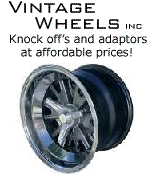
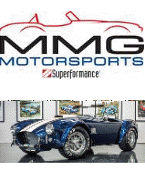


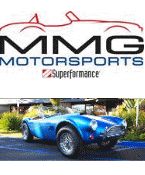
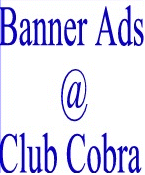


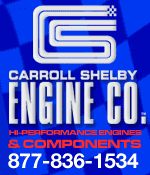







 Threaded Mode
Threaded Mode

